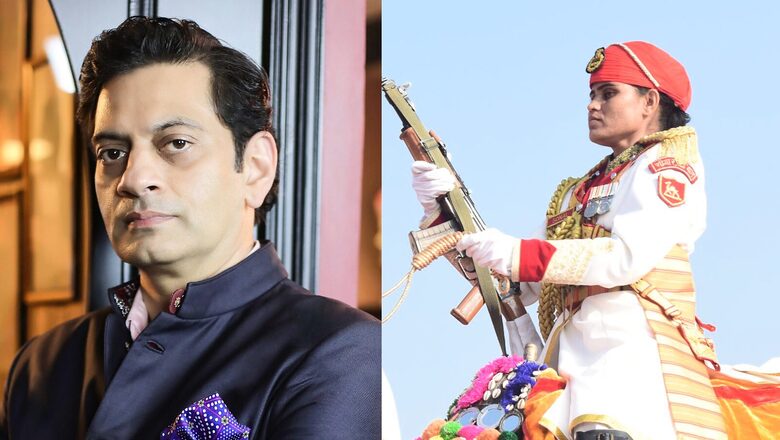
views
To mark India’s 74th Republic Day and honour the heroes who serve our nation, renowned fashion designer Raghavendra Rathore was conferred with the responsibility to design the uniform of BSF’s First-Ever Women Contingent – Mahila Praharis.
Known for his stately and classic bandhgala design across the globe, the uniform is an amalgamation of Raghavendra’s design sensibilities and cultural elements of India’s history through a proud representation of what the BSF offers to the country by guarding its borders.
Ahead of the R-Day parade, Raghavendra Rathore, whose design conception and process was well appreciated by the BSF management, speaks to News18 about the key factors of the Mahila Praharis uniform, how it is a monumental moment for the Mahila Praharis and his brand.
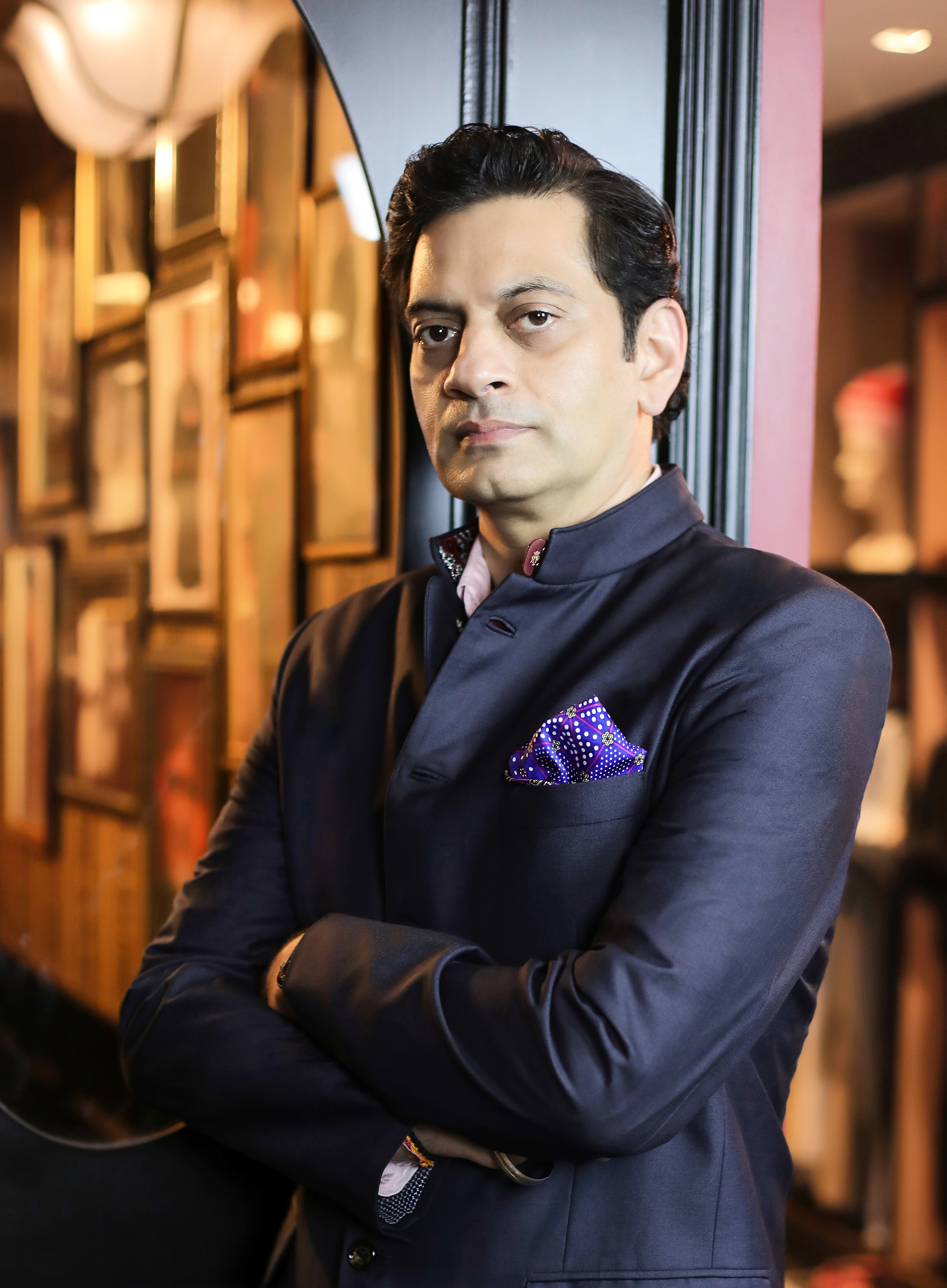
Excerpts from the interview:
2023 has kicked off on a positive note for you as a designer. How does it feel designing the first Mahila Praharis uniform for the BSF Camel Contingent for the Republic Day Parade?
We are deeply honoured to serve the heroes who serve our nation, as it gave us the opportunity to create a design that will be a part of the BSF culture forever.
According to you, what does the Mahila Praharis uniform stand for?
The idea of uniforms is for it to unify and imbibe the value of what the position stands for in context to the institution. For Mahila Praharis this being a monumental step as this is the first time they will be riding camels right along with their male counterparts at the Republic Day parade it had to speak about equality, strength and their courage.
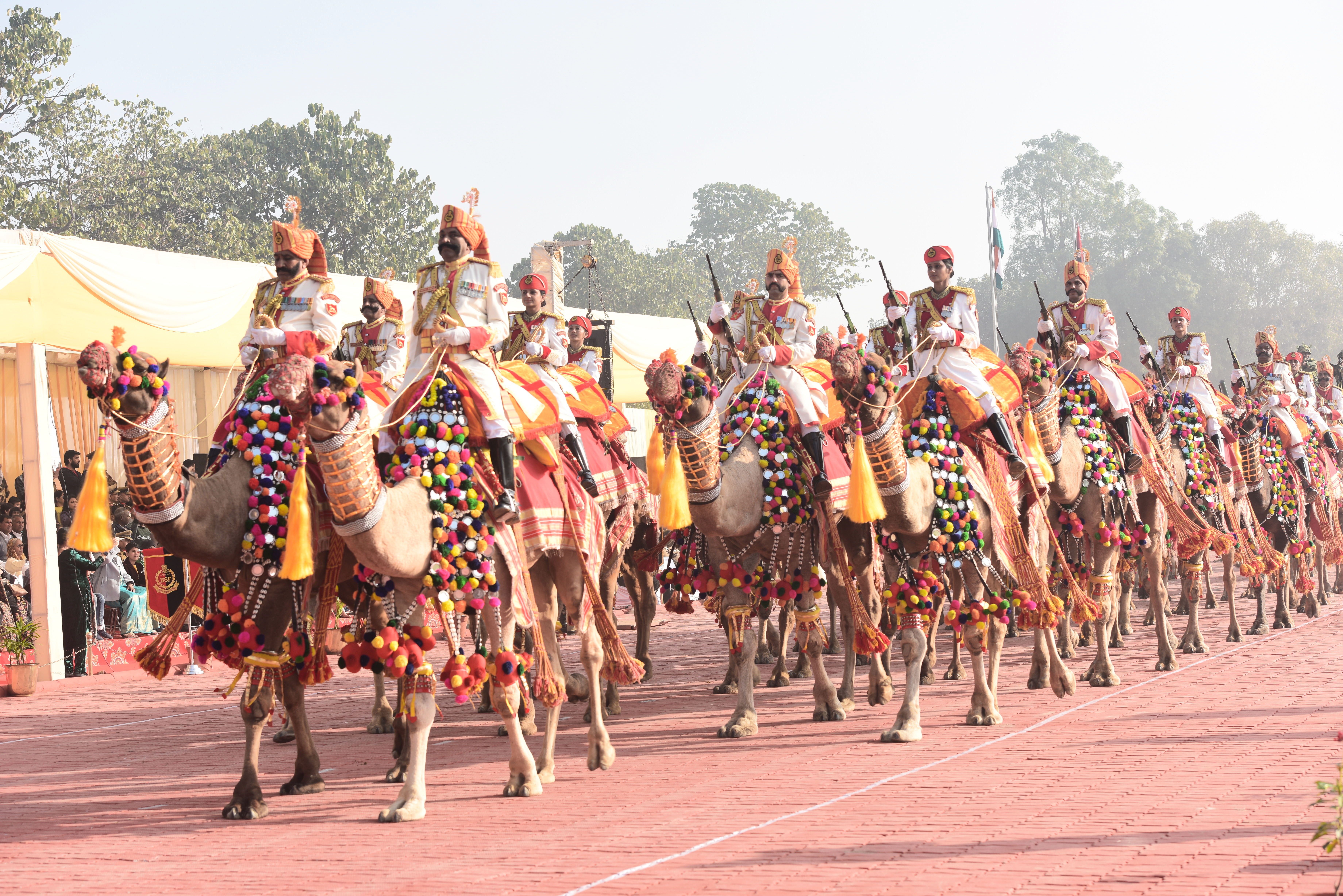
It’s a first for the Mahila Praharis and a first for you as a designer, what was running through your mind when they approached you to take on this assignment?
To design a uniform, it needs a lot of research and understanding of the social landscape that the institution one is designing for interacts with. While designing a collection season after season is more commercial and trend based, to design for BSF was a great responsibility and we had to be thoughtful about it.
How similar or different are the uniforms when compared to its male counterparts?
The idea was to make sure both genders of the regiment could see eye to eye; fancy fashion was kept out of the concept, and a more practical and inclusive design with a sense of equality was appropriated.Out of all the variations that were created, we finally chose to present our version with a special headgear and complete restrain in terms of design accents and bringing the homogeneous look in the squadron.
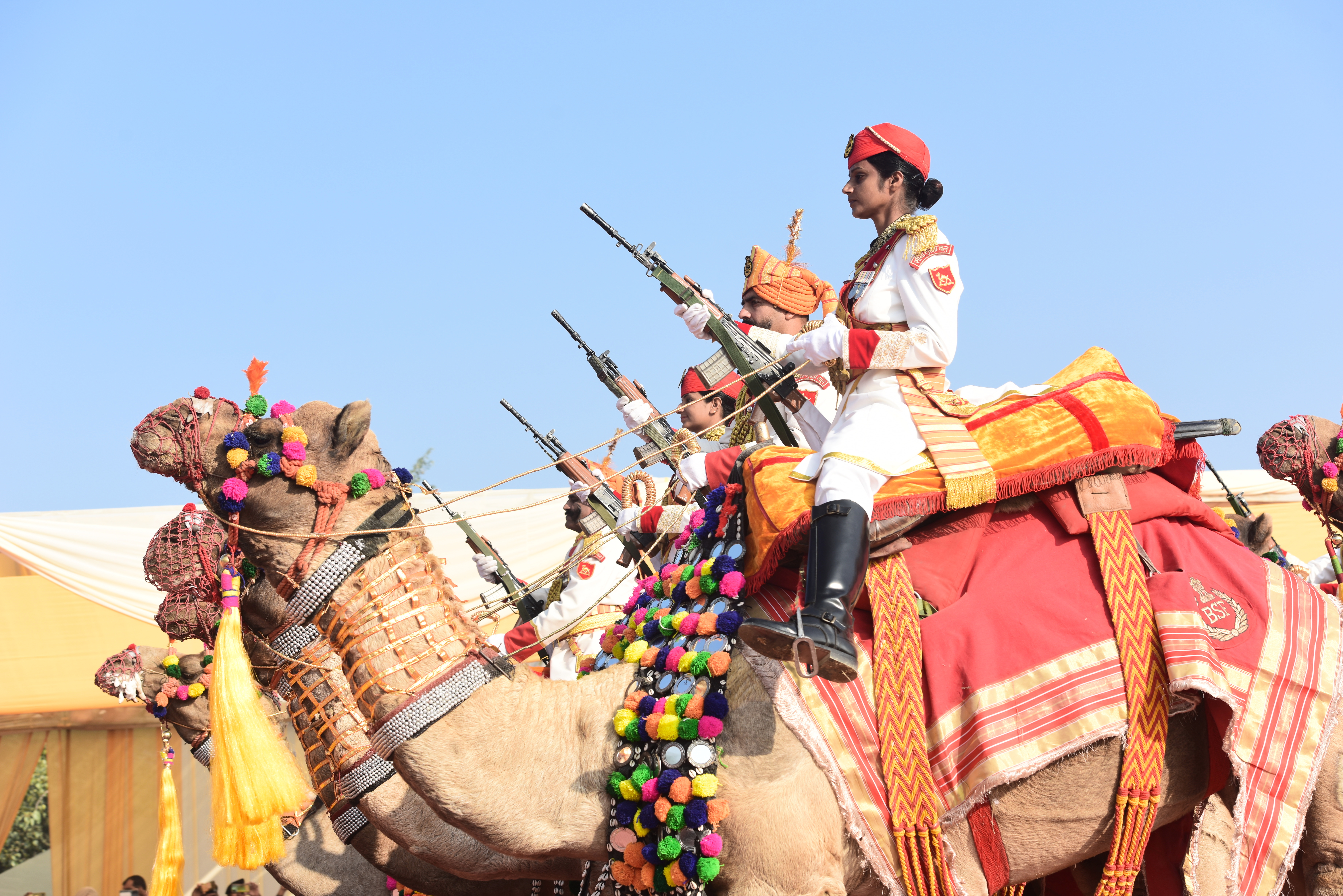
Your body of work has always celebrated India’s culture and heritage through state-of-art designs. How much of Raghavendra Rathore design sensibilities resonate with the uniform?
The principal design is inspired by the classic Raghavendra Rathore Jodhpur bandhgala but the details that form the core of the uniform design have been selected from vendors across the country. Zari and Tagai techniques have been used to apply to most of the trims.
A moment of pride for you and your team, what’s that one thing you will always remember about this design?
The significance and importance that the BSF symbolises during the sacred parade each year and us being a small part of it will always be imprinted in our hearts.
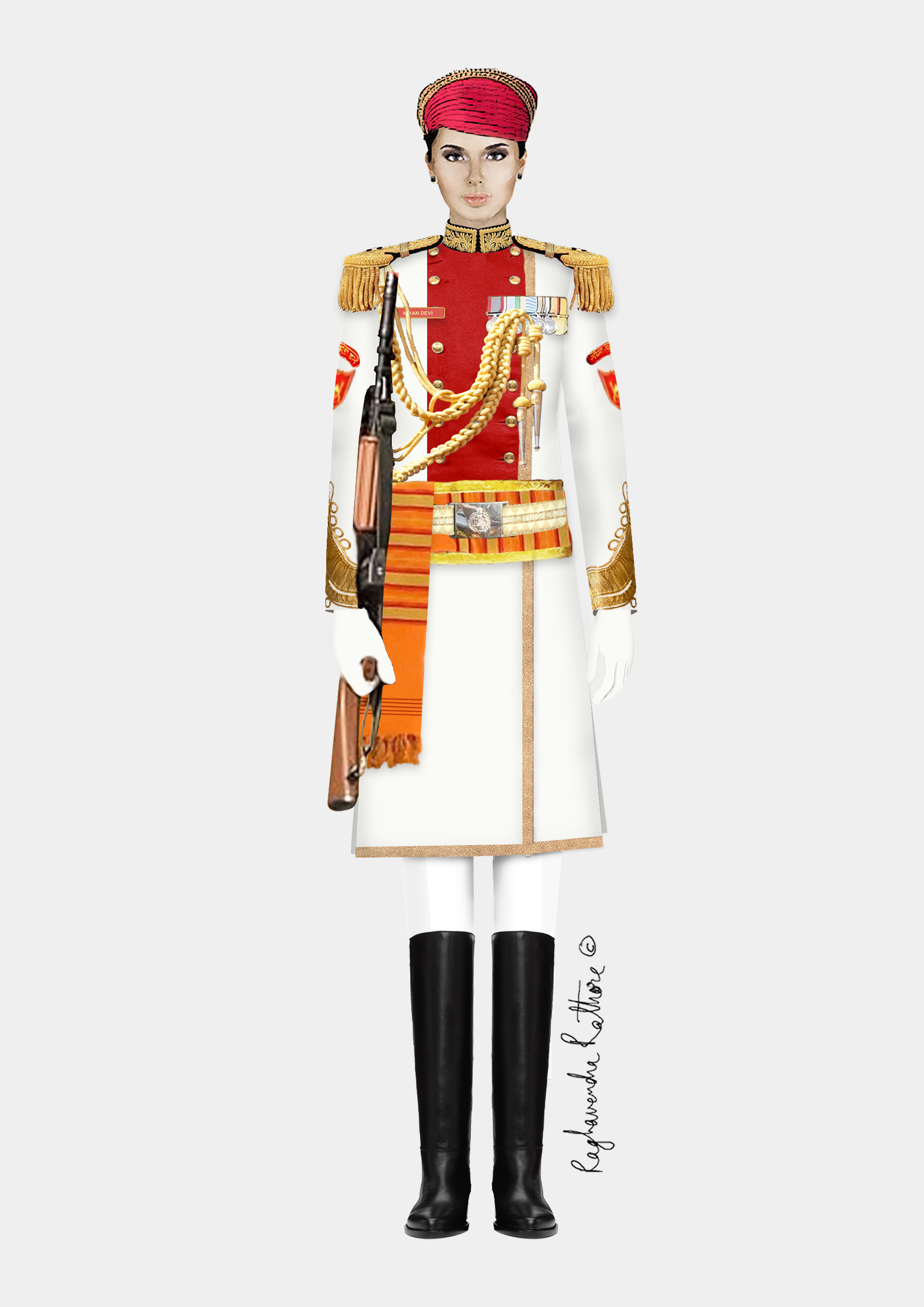
Raghavendra Rathore decodes the key factors of the Mahila Praharis uniform:
- The most important factor was to make sure that it had an inclusive design touch in addition to a design where men and women could not be differentiated and could stand on equal ground.
- From conceiving and visualising what can work for the Mahila Praharis regiment while riding a camel to the significance of the visual language that a design of this calibre should be able to engage with.
- The Bandhgala cut relies on the princess seam, the selection of contrasting boots juxtaposed with the light colour of the uniform brings out a unique feminine but a strong symbolism, planned keeping in mind the ceremonial status of parade.
- The Jodhpuri breeches, while still placing a strong focus on the bandhgala, served as the original source of inspiration for the uniform’s style. Additions to the design include zari trimmings and hand methods from all around India.
- Accessories such as the ‘Paag’ (headgear from the Mewar region), completed the overall appearance.
Read all the Latest Lifestyle News here
















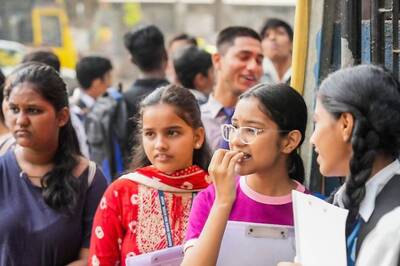
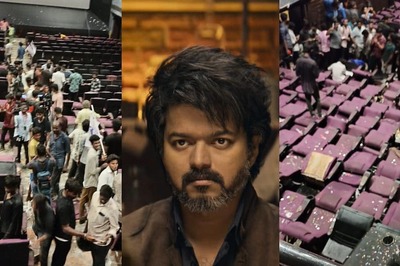


Comments
0 comment